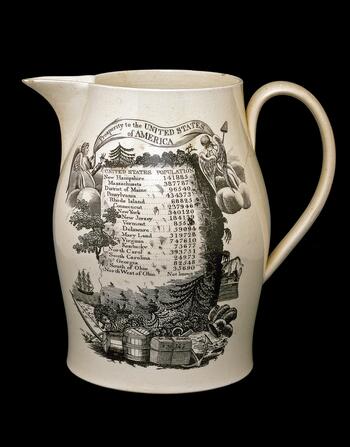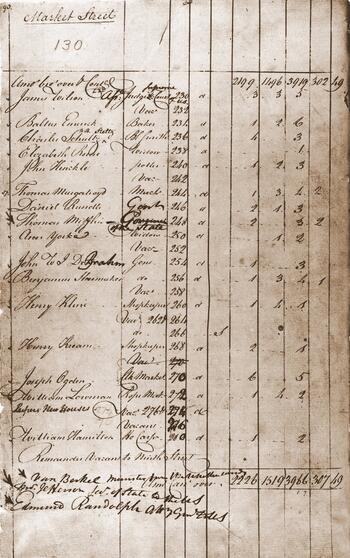Did you know? Census Day – the official date of the Census – has changed over time. In 1790 it was started in August but was moved permanently to April for the 1930 Census.
The framers of the Constitution felt relatively confident that the enumeration results would be reasonably accurate since the “salutary effect” of an enumeration for representation and taxation both, as outlined in Federalist Paper 54, would offset any temptation by the states to inflate or suppress numbers. The effect may have been less than “salutary,” since the results of the first enumeration in 1790 produced lower than expected numbers. Although not confirmed, many surmised the lower than expected count came from the fact that inhabitants may have feared higher taxes in larger households. Others in government attributed the results to the fact that earlier colonial population estimates had been highly inflated. Regardless, in 1790, the total population of the United States was estimated at3,929,214, and the cost of conducting the first enumeration amounted to $44,377.28.
At the time of the ratification of the U.S. Constitution, New York State was assigned 6 seats in the U.S. House of Representatives, behind Massachusetts and Pennsylvania (8 each) and Virginia (10). After the 1790 Census, the number of House seats for New York was increased to 10. And after the second Census in 1800, that number increased to 17, making New York the fastest growing state population in the early years of the country.
Made in England for the American market, this creamware jug commemorates the first census of the United States taken in 1790. Source: Smithsonian National Museum of American History.
1790 United States Federal Census. Source: United States Census Bureau.

